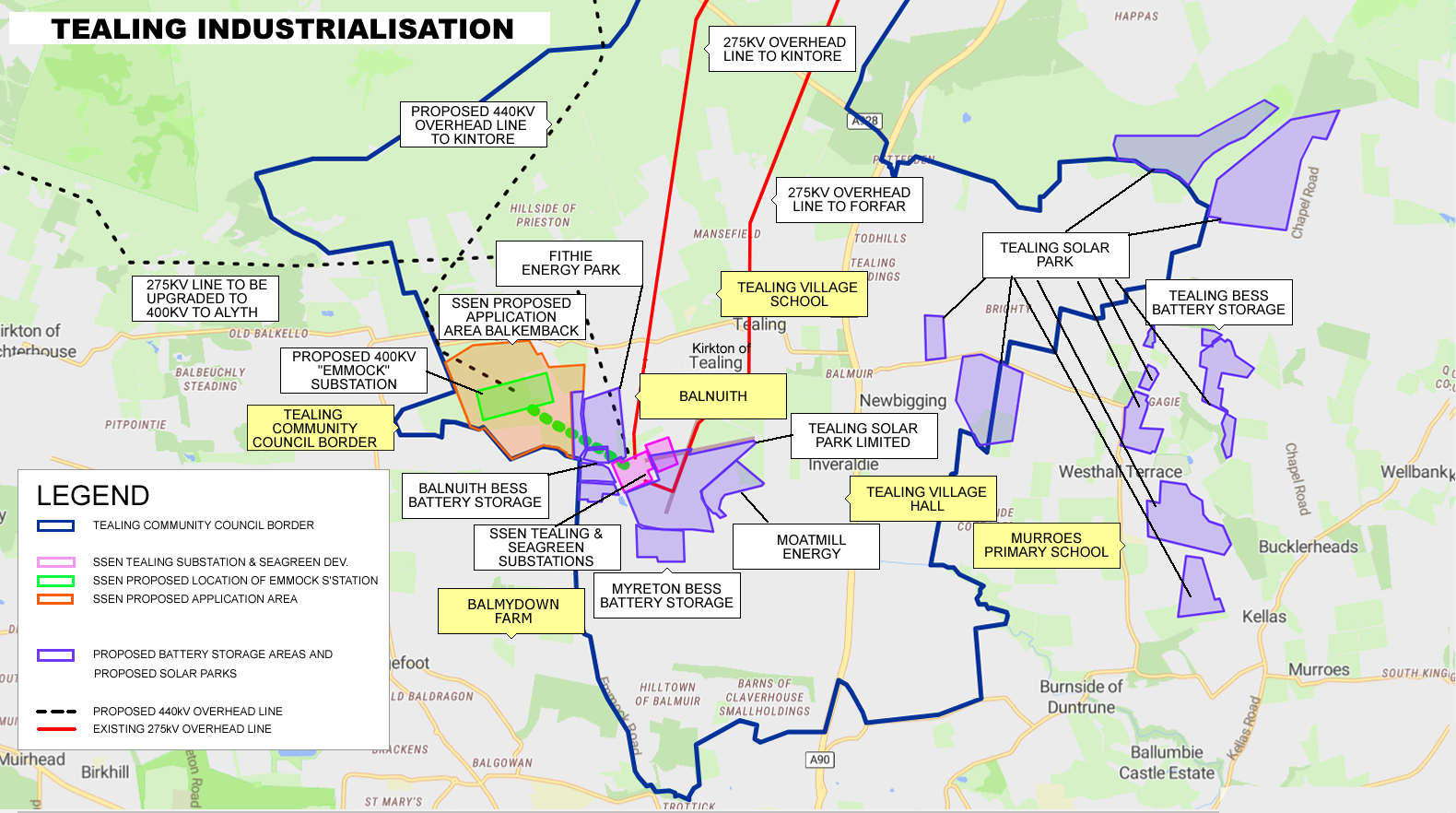Solar Farms
Why Solar Farms Are Hugely Inefficient
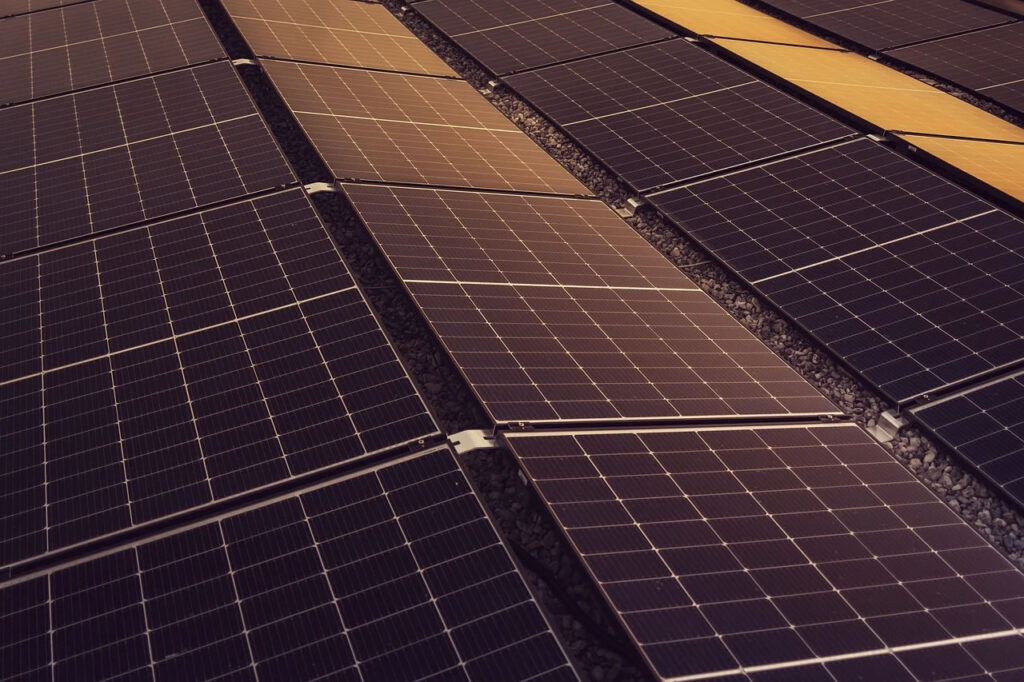
Conversion Efficiency:
On average, solar panels convert only about 20% of the sunlight they absorb into electricity. This efficiency is relatively low compared to some other energy sources.
The inefficiency arises because not all the sunlight hitting the panels gets converted into usable electricity. Some energy is lost due to reflection, heat, and other factors.
Part-Time Power Generation
Intermittent Energy Production:
Solar farms generate electricity based on sunlight availability. However, this availability is intermittent due to factors like clouds, overcast skies, and night-time.
Expensive Battery Storage Required:
Panels only work during daylight hours, while electricity demand is continuous 24/7. This mismatch results in the need for expensive short-term battery storage to store excess energy during sunny periods for use during cloudy or night-time hours.
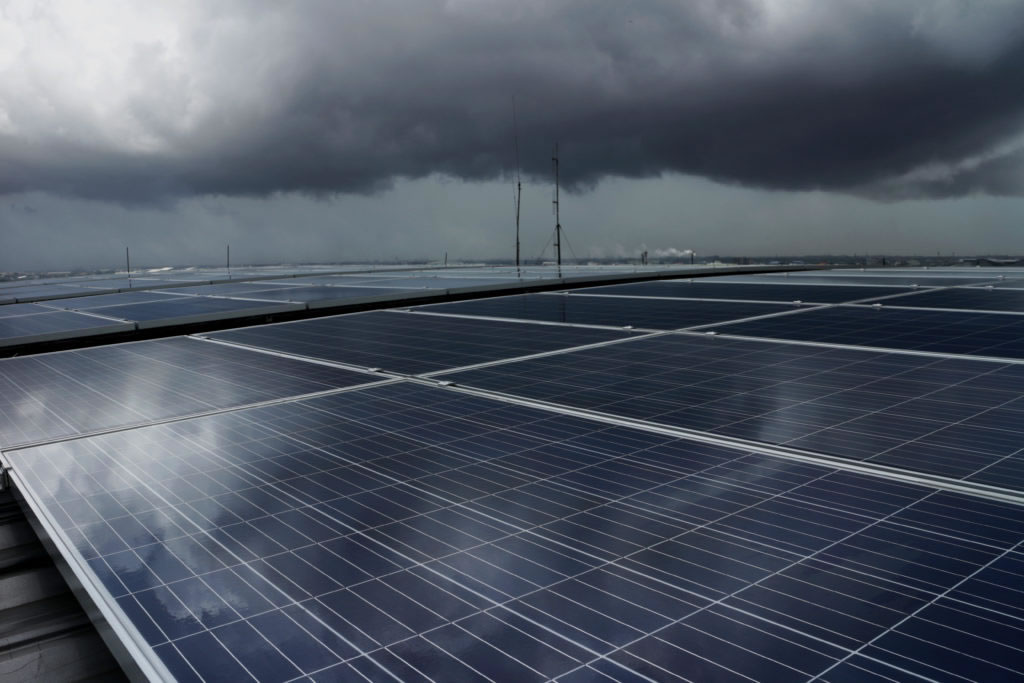
Offshore Wind Generation Is A More Efficient Alternative
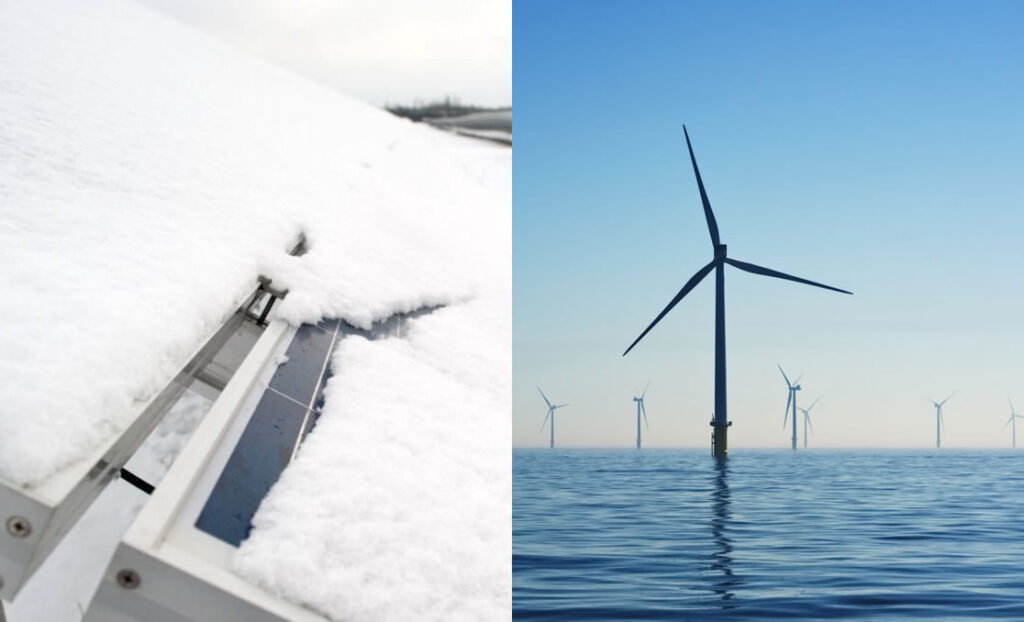
Seasonal Variation:
During winter months, solar farms produce significantly less energy. On average, their output is only 11% of the installed panel capacity.
In comparison, offshore wind turbines generate over 40% of their rated output throughout the year.
Land Use and Food Security:
Solar farms require substantial land area. It takes about 200 acres (80 hectares) of solar panels to generate the same annual electricity as just one offshore wind turbine.
This represents a grossly inefficient use of land, especially when located on fertile farmland.
The ready availability of surplus North Sea wind power could be a more efficient alternative for offsetting carbon emissions without compromising food security.
Blighting The Landscape
Environmental Impact:
Clustering solar farms around substations can have disastrous consequences for the landscape and local amenity.
Solar panels dramatically alter views of the countryside and its key features, affecting the visual appeal of the environment.
Inefficient Power Generators:
Solar Farms are very inefficient compared to other less intrusive forms of commercial power generation. Being large in scale and reflecting sunlight they truly are a blight on the landscape around Britain.
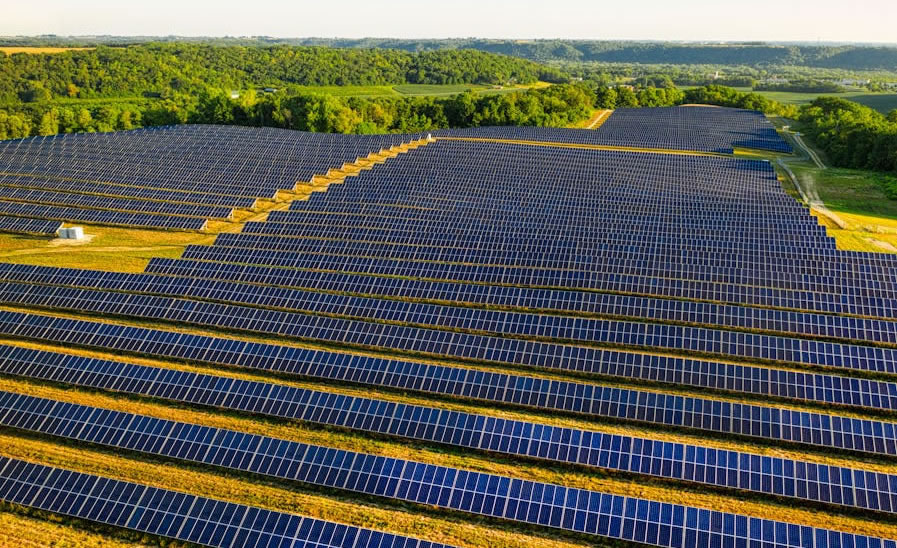
Looming Environmental Disaster

Environmental Impact and Waste Management:
Solar panels degrade over time and become less efficient. After about 25-30 years, it’s typically more cost-effective to replace them with new ones.
The world has installed more than one terawatt of solar capacity, which translates to billions of solar panels. Without proper recycling infrastructure, we face a looming global environmental disaster.
Energy experts are calling for urgent government action to prevent a waste mountain of discarded solar panels by 2050.
Hazardous Materials:
Solar panels contain materials like cadmium and lead, which can be hazardous if not recycled or disposed of properly.
Lead is known to cause brain damage, while cadmium exposure has been linked to lung cancer and other types of cancer.
Proper recycling is crucial to prevent these toxic materials from ending up in landfills.

